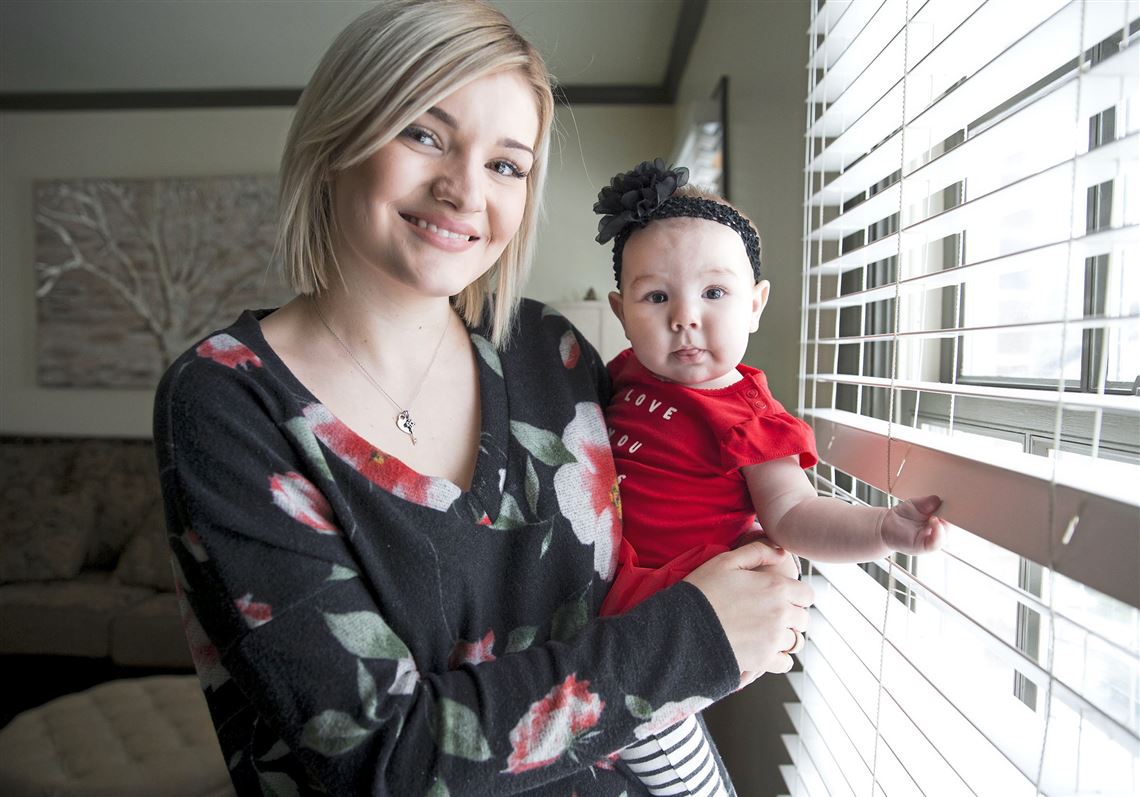The traditional wisdom that a healthy woman delivering a baby for the first time should let labor proceed as naturally as possible may be turned on its head with the results of a National Institutes of Health study involving more than 6,100 women.
Comparing women who had elective induced labor at 39 weeks in their pregnancy versus women who had routine management of their labor and delivery, the women with planned induced labor were less likely to have a cesarean-section delivery, less likely to have other pregnancy-related blood pressure problems, and their babies were less likely to need help with breathing in the first three days.
“The most traditional thinking was to avoid elective induction in a woman’s first pregnancy,” said Hyagriv Simhan, principal investigator for the part of the study performed at Magee-Womens Hospital of UPMC.
However, he said previous research didn’t compare two similar low-risk groups of women as their babies came to full term at 39 weeks.
“This landmark study provides key information to providers and women,” Dr. Simhan said.
Its findings, which seem to show health benefits, can be used in patient counseling, he added.
“How the data in the study is translated to practice, how patients respond remains to be seen. My prediction is it certainly will be influential,” he said.
The report was presented in abstract, or summary form, at Thursday’s meeting of the Society for Maternal-Fetal Medicine. Dr. Simhan is director of maternal-fetal medicine and medical director of obstetrical services at Magee.
He said presenting the study results before publication in a peer-reviewed journal was important, adding: “This will challenge dogma.”
Locally, about 1,000 women were enrolled in the study from March 2014 to August 2017. How far along they were in their pregnancies was carefully established, an important part of the study, Dr. Simhan said. The women were randomly assigned to the induction group. Women in the “expectant management” group (natural labor with interventions if problems came up) delivered their babies on average at 40 weeks.
Cesarean delivery was used in 19 percent of the induced labor group, while in the second group it was used in 22 percent of the women. Two blood pressure problems — pre-eclampsia and gestational hypertension — showed up in 9 percent of the induced women and 14 percent of the expectant management group. Also noted was 3 percent of the newborns in the induced labor group needed respiratory support compared with 4 percent of babies in the other group.
Breathing support is a costly intervention, Dr. Simhan said, and it might involve a baby going into the neonatal intensive care unit. Other outcomes, such as death, infections and birth trauma, were similar in the two groups of newborns.
No real difference was found in the rate of postpartum hemorrhage between the two groups of women (both about 4.5 percent), he said, saying: “It was not improved [and] not increased by induction.”
The readiness of the cervix for delivery was noted before labor was induced, but Dr. Simhan said women with both favorable and unfavorable readiness were included.
“We wanted to make sure of the effect of the trial, that this difference in cesarean rate is not influenced by whether the cervix was favorable or not. It didn’t matter.”
New mom Morgan Webb, 18, of Washington, Pa., said she found out about the study from her doctor when she was 37 weeks pregnant. As a study participant, she had her labor induced at 39 weeks.
“I was a little apprehensive at first, but we were very glad that we did it,” she said recalling the birth of Emerson Faye Kessler on Aug. 8, 2017.
Ms. Webb had had some issues with low blood pressure during her pregnancy, but was healthy and low-risk when she entered Magee with a cervix 3-4 centimeters dilated. Staff started the drug Pitocin to induce labor right away, she said. At dilation of 7-8 centimeters, she said, she received epidural anesthesia. After 17 hours of labor — including about an hour and a half of pushing — Ms. Webb said Emerson came on the scene.
“It went by quick,” she said, adding that her baby passed all the newborn tests and weighed in at 8 pounds 6 ounces. “She was great.”
Dr. Simhan said the inductions in the study were done according to the usual practice in the 41 hospitals — suggesting the results might apply to a larger population.
At Magee, Dr. Simhan said, “This finding is significant enough we’ll be talking about it and responding because it’s such an important result.”
He said avoiding a first cesarean for a woman is important because that lifts the burden of deciding if the next pregnancy will have a cesarean or vaginal delivery. And, he said, “increasing numbers of cesarean sections compound the risk. The best way to avoid a second C-section is to avoid the first C-section.”
Now back home with her mother and stepfather, Ms. Webb goes to school full-time at Trinity High School and is working part-time. She said neither she nor her daughter suffered any complications in the delivery or afterward.
“I would encourage women to do it, if it is available to them,” she said.
Jill Daly: jdaly@post-gazette.com or 412-263-1596.
First Published: February 5, 2018, 12:00 p.m.















